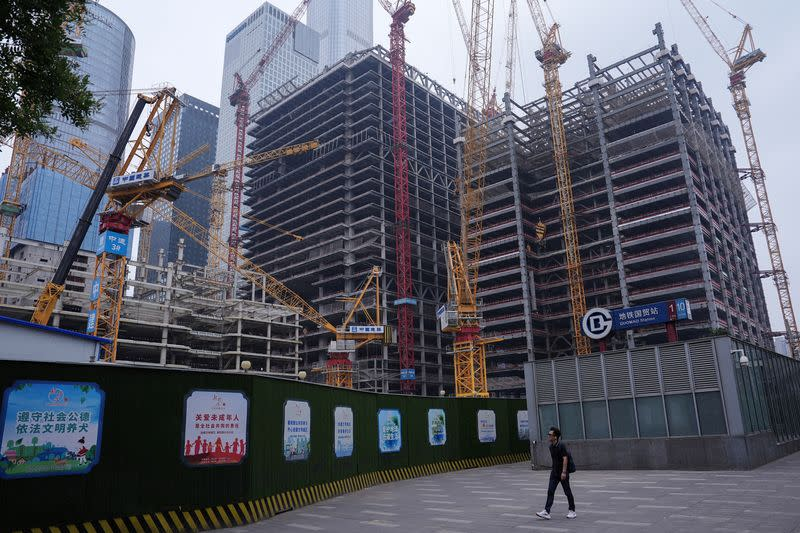The United States could impose nearly 40% tariffs on imports from China early next year, potentially slicing growth in the world’s second-biggest economy by up to 1 percentage point.
The poll, the first on China’s economy since Donald Trump’s sweeping election victory on Nov. 5, also predicts that the President-elect will resist starting off with blanket 60% tariffs on Chinese goods.
Trump, who is due to take office in January, pledged during campaigning to slap hefty tariffs on Chinese imports as part of a package of “America First” trade measures, causing unease in Beijing and heightening growth risks for China.
Not only are the threatened tariff rates much higher than the 7.5%-25% levied on China during his first term, the economy is also in a much more vulnerable position given the prolonged property downturn, debt risks and weak domestic demand.
A poll of more than 50 economists from Nov. 13-20 showed a strong majority, both in and outside mainland China, expects Trump to impose the tariffs by early next year, with a median estimate of 38% and projections ranging from 15% to 60%.
Most respondents said they do not expect blanket 60% tariffs on Chinese goods in early 2025 as this could accelerate inflation within the United States.
“We expect the new U.S. administration to bring back the original plan of Trump 1.0,” ANZ’s chief economist Raymond Yeung said, estimating that the average tariff on Chinese goods could be raised by 32–37%.
Chinese policymakers, who have ramped up stimulus to spur growth since late September, face increased pressure next year to spur domestic demand to offset an expected drop in exports – a key growth driver this year, analysts say.
On the potential impact on China, the poll predicted that new U.S. tariffs would reduce China’s 2025 economic growth by around 0.5-1.0 percentage point.
For now, however, most of the economists polled have maintained their median growth forecasts for this year and 2025 at 4.8% and 4.5%, respectively, consistent with projections made before the U.S. elections. Growth is expected to slow further to 4.2% in 2026.



